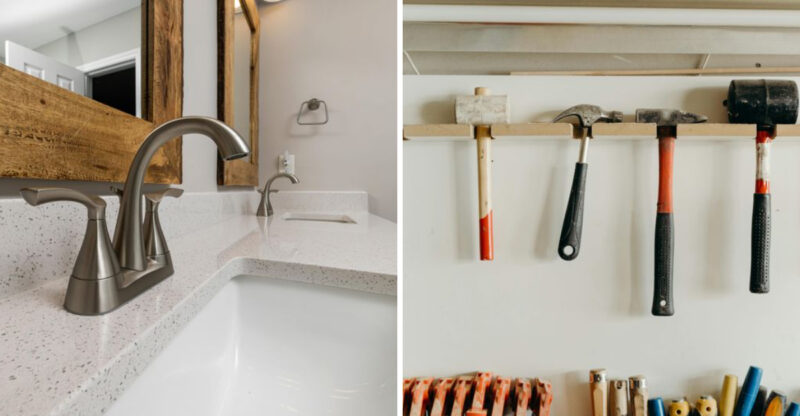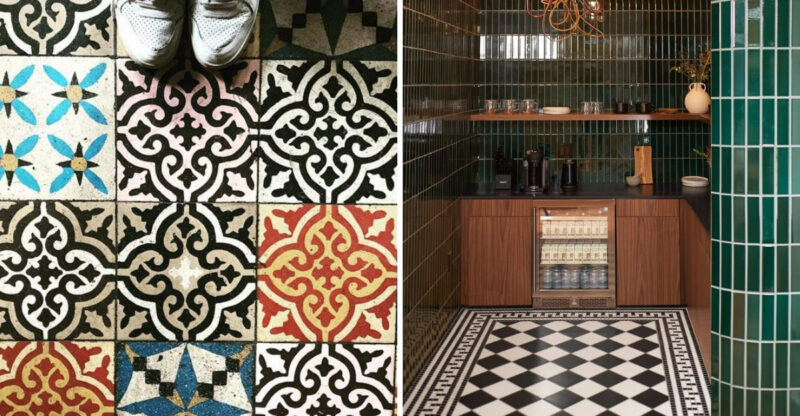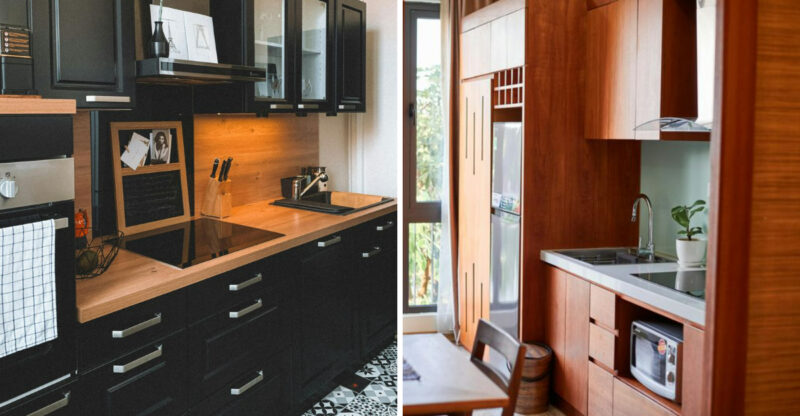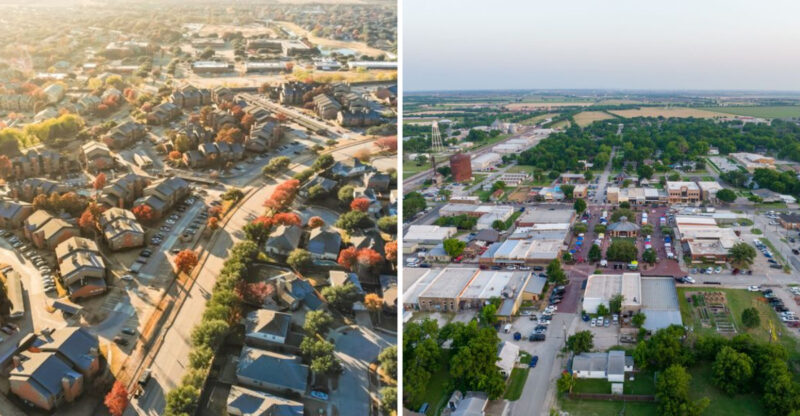The Vanishing Architecture Of Florida: A Look Before It’s Gone
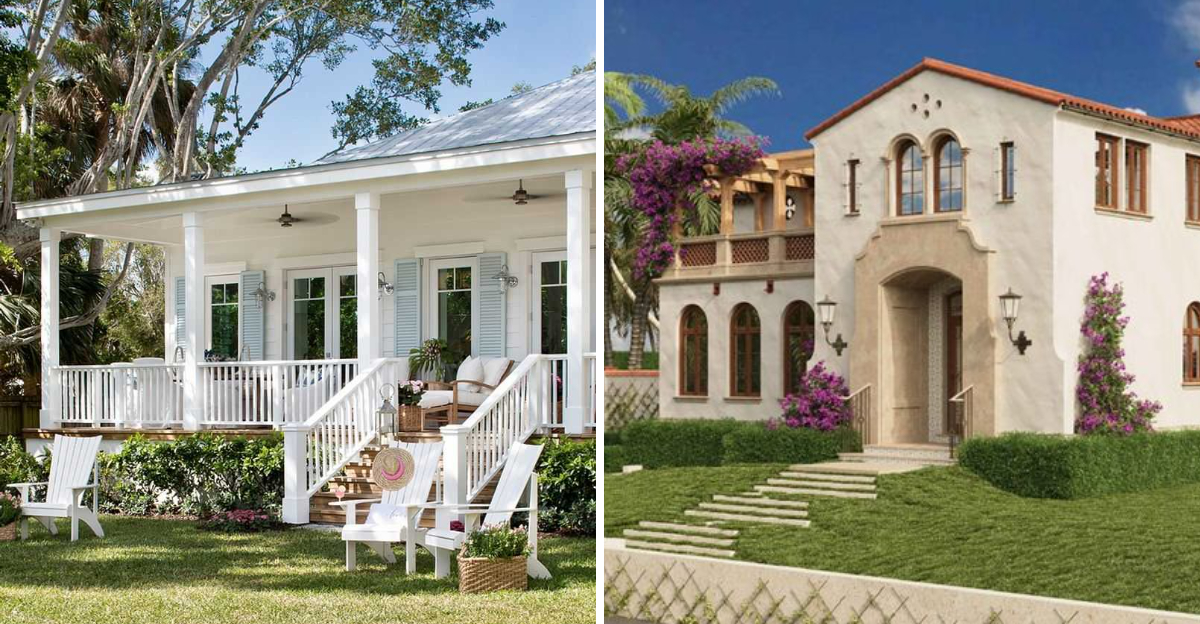
Florida’s skyline tells stories that might soon be silenced forever. Buildings that once defined neighborhoods are crumbling or being demolished to make room for modern towers.
These structures aren’t just brick and mortar, they represent eras when design meant something different, something special.
1. Art Deco (Miami Beach)
When you stroll through South Beach, those pastel towers with zigzag railings aren’t accidents. Art Deco hit Miami Beach hard in the 1930s, bringing geometric shapes and bold colors that screamed optimism after the Depression.
Though developers keep eyeing these blocks for demolition, locals fight back. The buildings feature nautical motifs, porthole windows, and chrome details that shine under Florida sun.
My advice? Study those corner curves and streamlined forms before some investor turns them into glass condos.
2. Mediterranean Revival
How did Spanish villas end up dotting Florida suburbs? Mediterranean Revival swept through during the 1920s land boom, bringing romance to swampy lots.
These homes sport terracotta roofs, arched loggias, and thick stucco walls that actually keep interiors cool. Developers now see old bones where I see craftsmanship.
Those hand-painted tiles and wrought iron balconies took artisans months to complete. Watch for crumbling estates being replaced by boxy rentals that lack soul and shade.
3. Florida Cracker Style
Are you familiar with homes that breathe? Florida Cracker houses were built by pioneers who understood heat without air conditioning.
Raised on piers to catch breezes and avoid floods, these wood-frame beauties feature wide porches and steep metal roofs. Termites and neglect claim more each year.
The design is genius: cross ventilation, shade from overhangs, and rooms that flow like rivers. Modern cookie-cutter suburbs ignore these lessons, sealing people in boxes that require constant cooling.
4. Streamline Moderne
Where Art Deco got jazzy, Streamline Moderne got sleek. This late-1930s style embraced aerodynamic curves and horizontal speed lines like a rocket ship grounded in concrete.
Buildings feature rounded edges, glass block windows, and smooth stucco that looks fast even standing still. Few survive because they’re seen as outdated rather than historic.
Those wraparound corner windows and chrome accents represent an era obsessed with progress and motion. Preservation groups scramble to save remaining examples from wrecking balls.
5. Mission Revival
Did California missions inspire Florida architecture? Absolutely, and Mission Revival brought that monastery vibe eastward in the early 1900s.
Think curved parapets, bell towers, and thick walls that create cool sanctuaries. These buildings often served as hotels or civic structures, adding gravitas to boom towns.
Developers view them as space wasters because modern codes demand different layouts. Those arched colonnades and quatrefoil windows deserve respect, not demolition. Churches and old train stations still showcase this romantic style.
6. Mid-Century Modern
It’s wild how homeowners rip out vintage terrazzo and jalousie windows. Mid-Century Modern buildings from the 1950s and 60s celebrated indoor-outdoor living with floor-to-ceiling glass and butterfly roofs.
These homes featured open plans, built-in planters, and carports instead of garages. Hurricane codes and outdated electrical systems make preservation tough. Architects like Paul Rudolph created Florida masterpieces now threatened by teardowns.
Those clerestory windows and breezeway designs were climate responses, not just style choices. Save the atomic-age charm before it vanishes completely.
7. Masonry Vernacular
Though humble, these concrete block buildings define working-class Florida neighborhoods. Masonry Vernacular emerged when builders prioritized function over flair, creating fire-resistant structures that withstand hurricanes.
Simple gabled roofs, minimal trim, and sturdy walls characterize this practical style from the 1920s onward. Gentrification targets these blocks because they lack curb appeal to investors.
What they miss is honest construction that sheltered generations. Those thick walls stay cool naturally, and the straightforward design allows easy repairs. Entire districts are disappearing as land values climb.
8. Frame Vernacular
How did ordinary folks build homes before big developers? Frame Vernacular represents the common person’s architecture, using affordable wood and straightforward construction techniques.
These modest houses feature gabled roofs, front porches, and simple trim without fancy details. Rot, termites, and neglect claim them faster than grander styles.
Neighborhoods full of Frame Vernacular are bulldozed for apartment complexes that house more people but less character. The craftsmanship in those hand-cut rafters and tongue-and-groove siding tells stories worth preserving.
9. Masonry Mediterranean
When builders combined Mediterranean romance with hurricane-proof construction, Masonry Mediterranean was born. This hybrid style uses concrete block under stucco, adding strength to beauty.
Arched openings, tile roofs, and decorative brackets dress up practical bones. Many examples are being stuccoed over with bland finishes or demolished entirely.
The style represents smart adaptation, European aesthetics meeting Florida reality. Those deep-set windows and shaded arcades weren’t just pretty; they kept interiors livable before central air. Preservation means recognizing function behind form.
10. Coastal Bungalow
Where beach towns grew, Coastal Bungalows provided compact charm for vacationers and locals alike. These one-story homes feature deep porches, exposed rafters, and windows positioned to catch sea breezes.
Craftsman influences show in tapered columns and built-in cabinetry. Rising property values make these cottages targets for McMansion replacements.
The originals understood scale and context, nestling into neighborhoods without dominating. Those shaded porches encouraged community interaction, unlike modern fortress homes. Coastal character dies when bungalows are replaced by rental towers that block everyone’s view.
11. Spanish Colonial Revival
Hence the popularity of courtyards and fountains in old Florida neighborhoods. Spanish Colonial Revival brought Old World elegance to the New World, featuring enclosed patios and elaborate tilework.
Heavy wooden doors, spiral columns, and carved stone details distinguish this from simpler Mediterranean styles. Maintenance costs scare modern buyers who prefer vinyl and drywall. Those hand-painted azulejo tiles and carved corbels represent artisan traditions nearly extinct.
Developers see teardown opportunities where historians see irreplaceable cultural assets. Entire estates are vanishing as land becomes more valuable than the buildings upon it.

